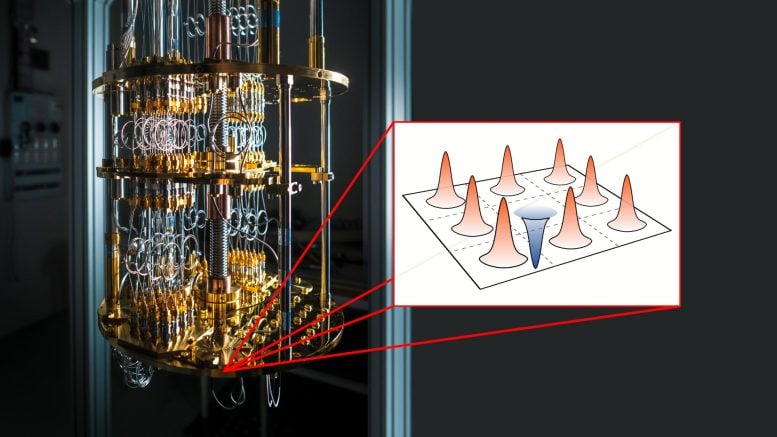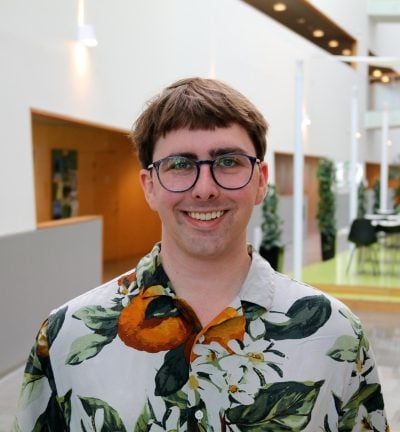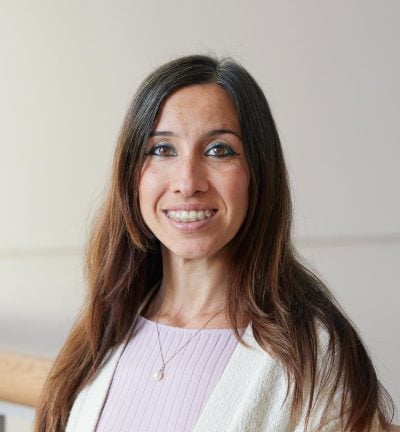
Quantum computers hold incredible promise, but one major challenge still stands in the way: their struggle to correct errors during calculations.
To build truly reliable quantum machines, scientists need to simulate these quantum processes on regular computers to make sure they’re working correctly. That’s no easy feat—it’s one of the most complex tasks in computing. Now, in an exciting world-first, researchers from <span class="glossaryLink" aria-describedby="tt" data-cmtooltip="
” data-gt-translate-attributes=”[{"attribute":"data-cmtooltip", "format":"html"}]” tabindex=”0″ role=”link”>Chalmers University of Technology in Sweden, along with teams from Milan, Granada, and Tokyo, have developed a groundbreaking method for simulating certain types of error-corrected quantum computations. It’s a major step forward in the race to build powerful, dependable quantum technology.
Quantum Promise & Challenges
Quantum computers could one day tackle problems far beyond the reach of today’s most powerful supercomputers. Their revolutionary computing power has the potential to transform fields like medicine, energy, encryption, <span class="glossaryLink" aria-describedby="tt" data-cmtooltip="
” data-gt-translate-attributes=”[{"attribute":"data-cmtooltip", "format":"html"}]” tabindex=”0″ role=”link”>artificial intelligence, and logistics.
But despite these exciting possibilities, quantum technology still faces a critical obstacle: errors. Unlike traditional computers, which can correct mistakes quickly and reliably, quantum systems are far more prone to errors and much harder to fix. Quantum computers are not yet fault-tolerant, meaning they still lack the reliability needed for practical use.
To ensure that a quantum computation works correctly, researchers often turn to classical computers to simulate the process. These simulations help verify results, especially for computations designed to resist disturbances and fix errors along the way. But simulating such advanced quantum behavior is incredibly complex. In some cases, it would take even the world’s fastest supercomputer longer than the age of the universe to complete the task.

Global Team’s Simulation Breakthrough
Now, researchers from Chalmers University of Technology in Sweden, together with teams from the University of Milan, the University of Granada, and the University of Tokyo, have made a major breakthrough. For the first time, they’ve developed a method to accurately simulate a special type of error-corrected quantum computation—one that had previously been nearly impossible to model.
“We have discovered a way to simulate a specific type of quantum computation where previous methods have not been effective. This means that we can now simulate quantum computations with an error correction code used for fault tolerance, which is crucial for being able to build better and more robust quantum computers in the future,” says Cameron Calcluth, PhD in Applied Quantum Physics at Chalmers and first author of a study recently published in <span class="glossaryLink" aria-describedby="tt" data-cmtooltip="
” data-gt-translate-attributes=”[{"attribute":"data-cmtooltip", "format":"html"}]” tabindex=”0″ role=”link”>Physical Review Letters.
Qubits, Noise & Bosonic Codes
The limited ability of quantum computers to correct errors stems from their fundamental building blocks, qubits, which have the potential for immense computational power but are also highly sensitive. The computational power of quantum computers relies on the quantum mechanical phenomenon of superposition, meaning qubits can simultaneously hold the values 1 and 0, as well as all intermediate states, in any combination. The computational capacity increases exponentially with each additional qubit, but the trade-off is their extreme susceptibility to disturbances.
“The slightest noise from the surroundings in the form of vibrations, electromagnetic radiation, or a change in temperature can cause the qubits to miscalculate or even lose their quantum state, their coherence, thereby also losing their capacity to continue calculating,” says Calcluth.
To address this issue, error correction codes are used to distribute information across multiple subsystems, allowing errors to be detected and corrected without destroying the quantum information. One way is to encode the quantum information of a qubit into the multiple, possibly infinite, energy levels of a vibrating quantum mechanical system. This is called a bosonic code. However, simulating quantum computations with bosonic codes is particularly challenging because of the multiple energy levels, and researchers have been unable to reliably simulate them using conventional computers – until now.

GKP Algorithm: Mathematical Innovation
The method developed by the researchers consists of an algorithm capable of simulating quantum computations that use a type of bosonic code known as the Gottesman-Kitaev-Preskill (GKP) code. This code is commonly used in leading implementations of quantum computers.
“The way it stores quantum information makes it easier for quantum computers to correct errors, which in turn makes them less sensitive to noise and disturbances. Due to their deeply quantum mechanical nature, GKP codes have been extremely difficult to simulate using conventional computers. But now we have finally found a unique way to do this much more effectively than with previous methods,” says Giulia Ferrini, Associate Professor of Applied Quantum Physics at Chalmers and co-author of the study.
Toward Scalable Fault-Tolerant Machines
The researchers managed to use the code in their algorithm by creating a new mathematical tool. Thanks to the new method, researchers can now more reliably test and validate a quantum computer’s calculations.
“This opens up entirely new ways of simulating quantum computations that we have previously been unable to test but are crucial for being able to build stable and scalable quantum computers,” says Ferrini.
The article “Classical simulation of circuits with realistic odd-dimensional Gottesman-Kitae-Preskill states” has been published in Physical Review Letters.
Reference: “Classical Simulation of Circuits with Realistic Odd-Dimensional Gottesman-Kitaev-Preskill States” by Cameron Calcluth, Oliver Hahn, Juani Bermejo-Vega, Alessandro Ferraro and Giulia Ferrini, 1 July 2025, Physical Review Letters.
DOI: 10.1103/xmtw-g54f
The authors are Cameron Calcluth, Giulia Ferrini, Oliver Hahn, Juani Bermejo-Vega and Alessandro Ferraro. The researchers are active at Chalmers University of Technology, Sweden, the University of Milan, Italy, the University of Granada, Spain, and the University of Tokyo, Japan.
Never miss a breakthrough: Join the SciTechDaily newsletter.
